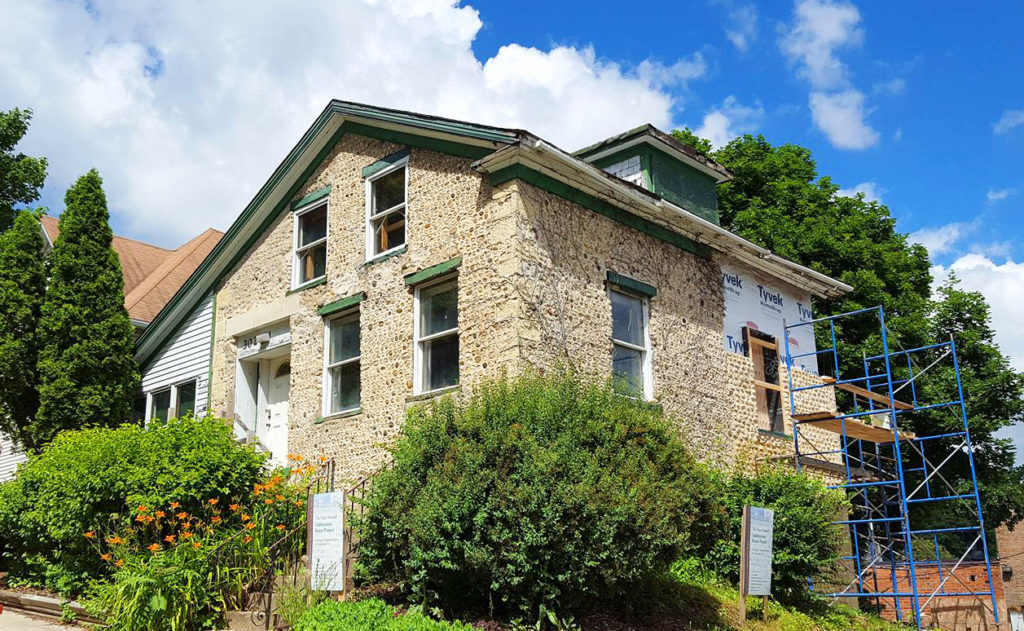A guide to preserving the structure to our memories

Buildings are more than a roof, walls, and shelter. They are the cornerstone of a community’s culture, identity, and history. It’s up to each generation to recognize the significance and fight to keep the important buildings alive.
Preserving a building is not always easy and it can take many years to fully accomplish. In fact, you don’t even need to have all the details worked out before you start the process! Here’s a guide to the crucial first steps in saving a building.
Why is this building significant?
The very first step is to recognize the significance of the structure. Did a historical event occur here? Is it unique to your community’s culture or identity? Does it have rich, architectural features, intricate details, or a unique layout? What was the purpose of this building when it was originally built? What makes this structure important to save? This is essential when it comes to raising awareness, applying for funding, and meeting guidelines. You might need to work with local historians, local government, community leaders, and past owners to fully get through this step.
Assessment & Documentation
Next, you should walk through the space with an architect or preservation specialist to fully assess the structure and determine the current condition of the property. This will lay out possible uses for the space and prioritize repairs and evaluate the age and condition of various elements vital to the structure.
After the conditions assessment, it’s important to communicate with local historians or government to add to and create a record for the property.
Stabilization
It’s important to make the necessary adjustments to the existing structure as quickly as possible. Weather, disrepair, and vandalism can continue to take a drastic toll on the property. Structurally stabilizing the building, controlling pests, and securing the exterior envelope from moisture penetration are a few of the key points to plan for, but others may be needed.
Next Steps
There are multiple ways preservation can go at this point.
Mothballing: The historical preservation process can be expensive, therefore may take time to generate funding. This is a great option to put the project on hold until it’s ready to move forward. If done correctly, mothballing can be an effective form of preservation for up to 25 years.
Preservation: Historic preservation involves protecting and conserving the history of the building as its been used throughout the years. A priority is kept on saving original materials, which can add costs to the preservation process and limit the building’s future uses.
Restoration: Historic restoration is a type of preservation that focuses on returning a historic building to the way it was in a certain time period. This method includes relying on historic documents (including blueprints and photographs) and using original building materials & techniques to restore the building to the way it looked in a certain period.
Rehabilitation: With a building rehabilitation, emphasis is placed on making the proper repairs and alterations to keep the building functioning and useful. Additions and upgrades are allowed, with care placed on retaining or saving the portions of the building that have historical or cultural value.
Adaptive Reuse: Adaptive Reuse is a method of saving a historic building by modifying its original purpose. The historic characteristics can be preserved, while the building’s internals are modified to accommodate new purposes.


No comments.